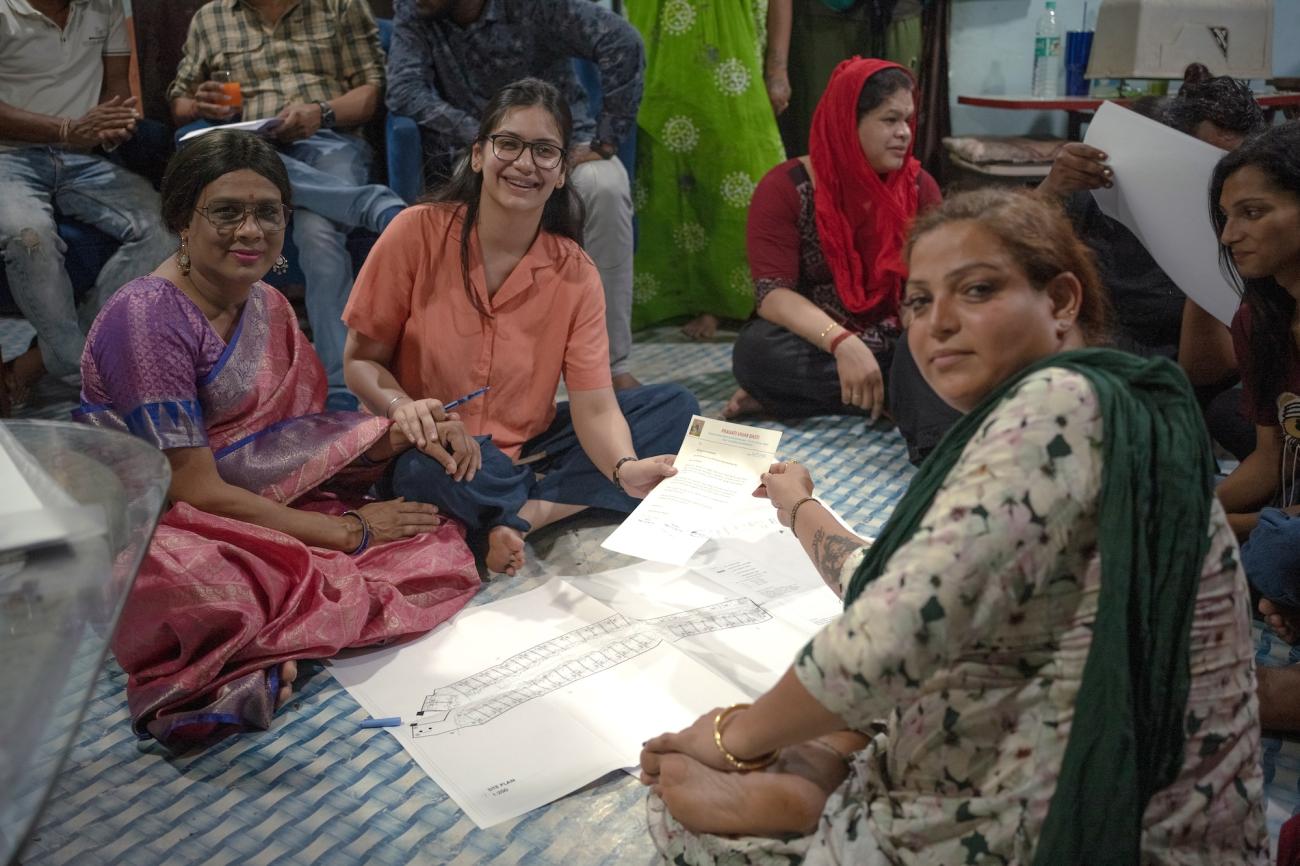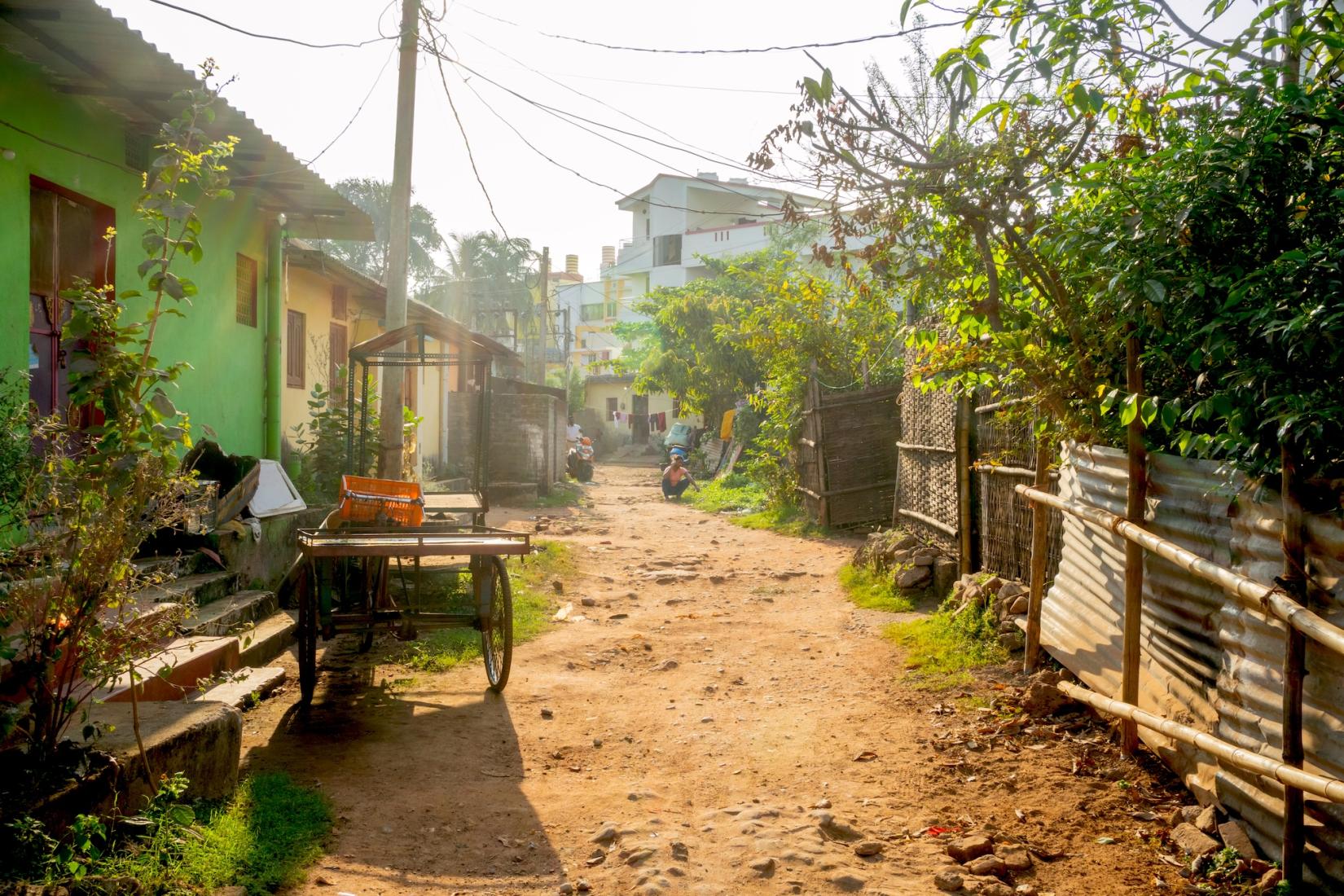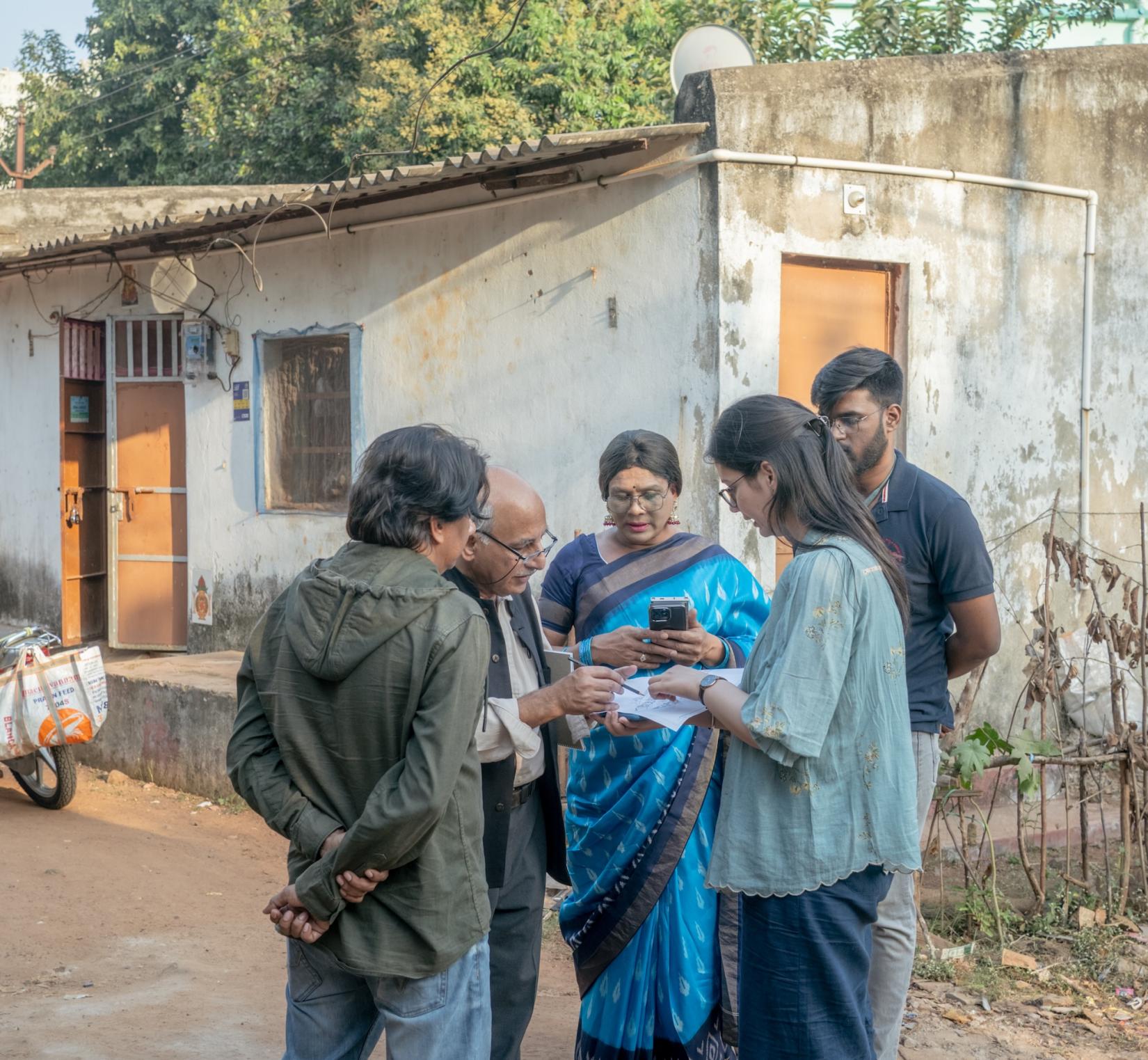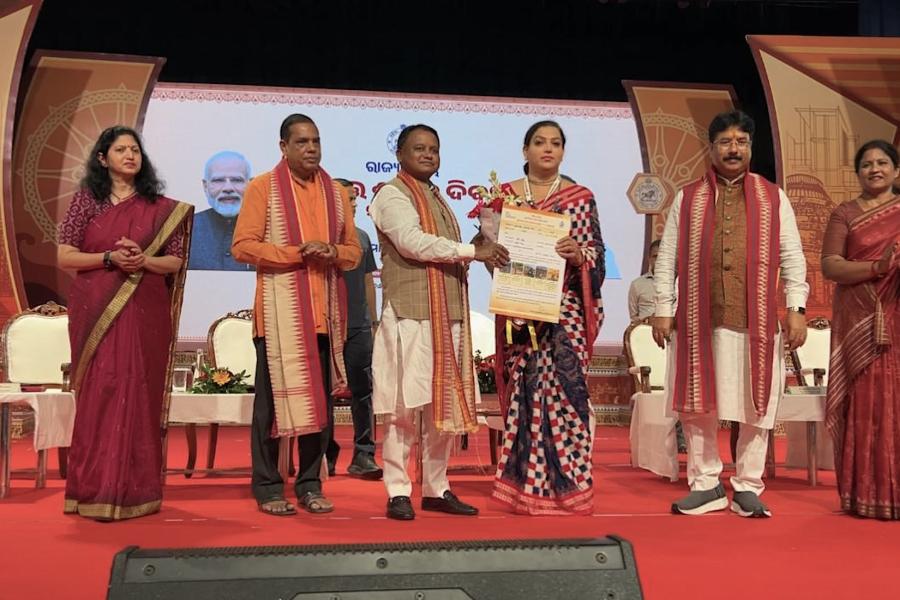From Margins to Model: Odisha’s Transgender Community Leads a Green Housing Revolution

11 September 2025
In Bhubaneswar’s Pragati Vihar, the Chief Minister this week handed over work orders to members of the transgender community for 44 new houses under the Pradhan Mantri Awaas Yojana (PMAY). Backed by a ₹2.5 lakh subsidy and supported by the United Nations Environment Programme (UNEP), the project offers not just safe housing but a landmark step in dignity and low-carbon, climate-resilient living

The lanes of Pragati Vihar, once lined with tin-roofed, heat-trapping structures, are now buzzing with anticipation. “We have lived here for more than a decade, always hoping for something better,” said one resident, who dreams of opening a tailoring shop once she moves into her new home. Another spoke of starting a dairy outlet. A third wants a beauty parlour above her house. For the 80-odd transgender residents, the houses are more than walls—they are stepping stones toward self-reliance.
Green Homes, New Futures
What makes this project stand out is not only its social impact but also its pioneering climate approach. The United Nations Environment Programme (UNEP), working with the Odisha Government, has designed the Pragati Vihar redevelopment as a pilot in low-carbon, climate-resilient housing.
The homes will use fly ash bricks, aerated concrete blocks, bio-based panels, and recycled construction waste, cutting down on the heavy carbon footprint of cement and steel. Passive cooling designs, reflective roof paints, and rooftop solar panels will reduce heat stress and energy use, making the houses cooler, cheaper to run, and environmentally sound.
UNEP India’s Country Director, Balakrishna Pisupati described the vision, “Addressing emissions from the built environment calls for more than isolated fixes. It calls for changes in how we design, build, source materials, and work across the value chain. UNEP is working with the Odisha Government to demonstrate this under the Pradhan Mantri Awaas Yojana project.”

A Community at the Centre
The settlement, established in 2011, has grown from 20 homes to 35, but living conditions remained precarious. It was only after land rights were secured under Odisha’s Jaga Mission that the community became eligible for housing subsidies. From there, Pragati Vihar’s residents took charge of shaping their future.
Through the Slum Dwellers Association, eight community representatives worked with UNEP and partners to co-design the new houses. Decisions were collective: all 48 homes would follow the same plan, plots would be equal, and construction would be phased so no one would be left without shelter during the rebuild.
Beyond housing, the plan includes a multipurpose community centre that will act as a resilience hub, training space for masons in green construction, and a gathering point for cultural life.
Carbon and Inclusion Hand in Hand
The urgency is clear. India’s building sector emits about 22% of the nation’s annual carbon dioxide, a figure set to rise as millions of homes are built in the next decade. By 2030, India is expected to add 5.7 billion square metres of new building stock. Without change, these buildings will lock in emissions until the late 21st century.
UNEP’s Buildings and sustainable cooling solutions Advisor, Rahul Agnihotri explained the approach, “Transitioning to a future of low-carbon built environments requires a whole life-cycle analysis approach. It is crucial to adopt the ‘avoid (building with less) – shift (different materials, circular approaches) – improve (improved design)’ strategy.”
For Pragati Vihar, this means reusing doors, windows, and fittings from demolished homes, and tapping Odisha’s industrial by-products like fly ash and blast furnace slag for construction. The result will be homes that are not only affordable and resilient but also lighter on the planet.

A Signal for India’s Housing Future
For the residents, though, the project is deeply personal. “I dream to have my own small pet farm,” said one young resident. Another spoke of creating an ashram for the elderly above her new house. Such ambitions reveal how stability opens the door to imagination.
As construction begins after the monsoon in August-September 2025, Pragati Vihar will serve as proof that sustainability and social justice can be built together. By combining cutting-edge green materials with the empowerment of one of society’s most marginalised groups, Odisha is sending a message to the rest of India: the homes of the future must be not only low-carbon, but also inclusive.


















